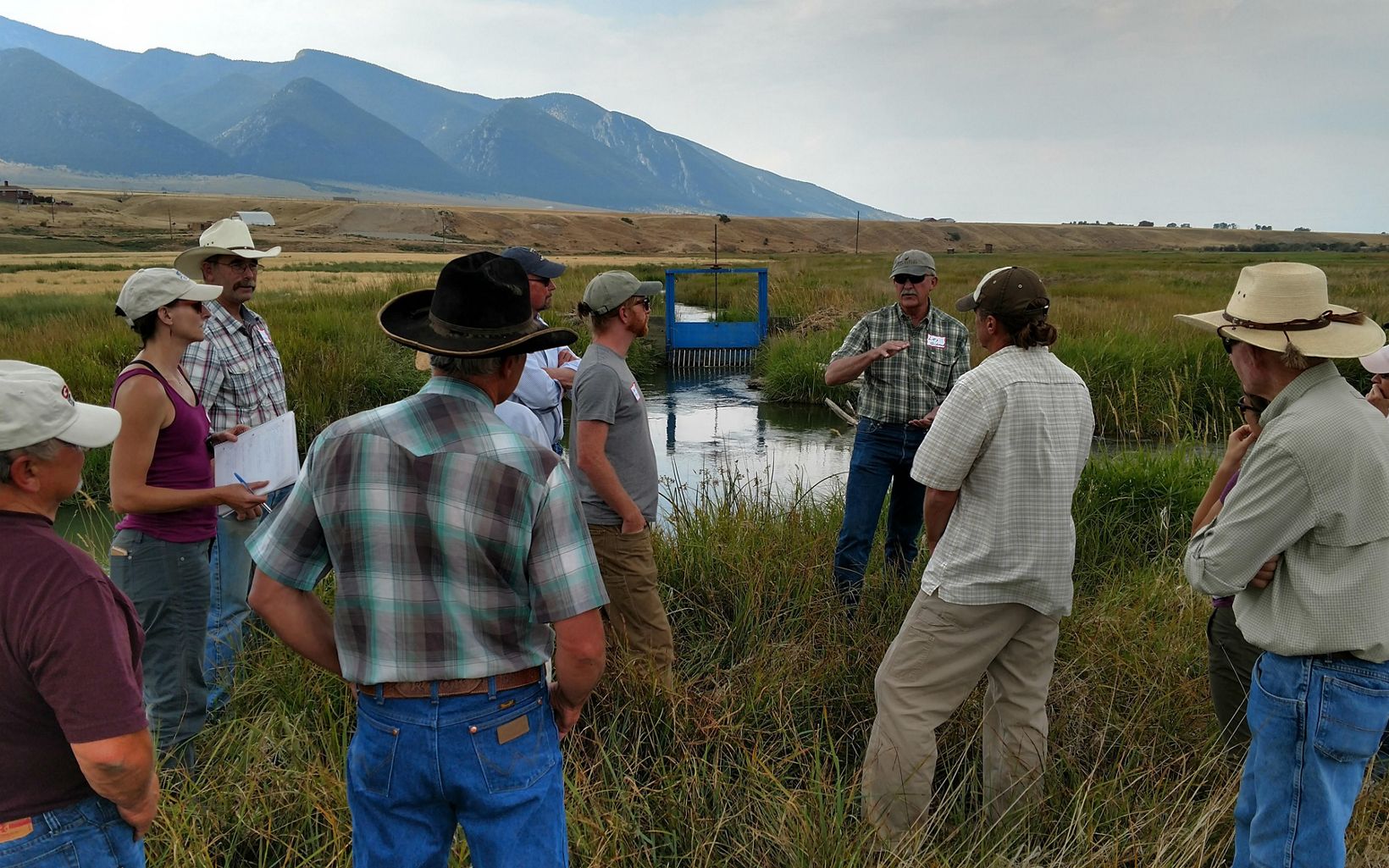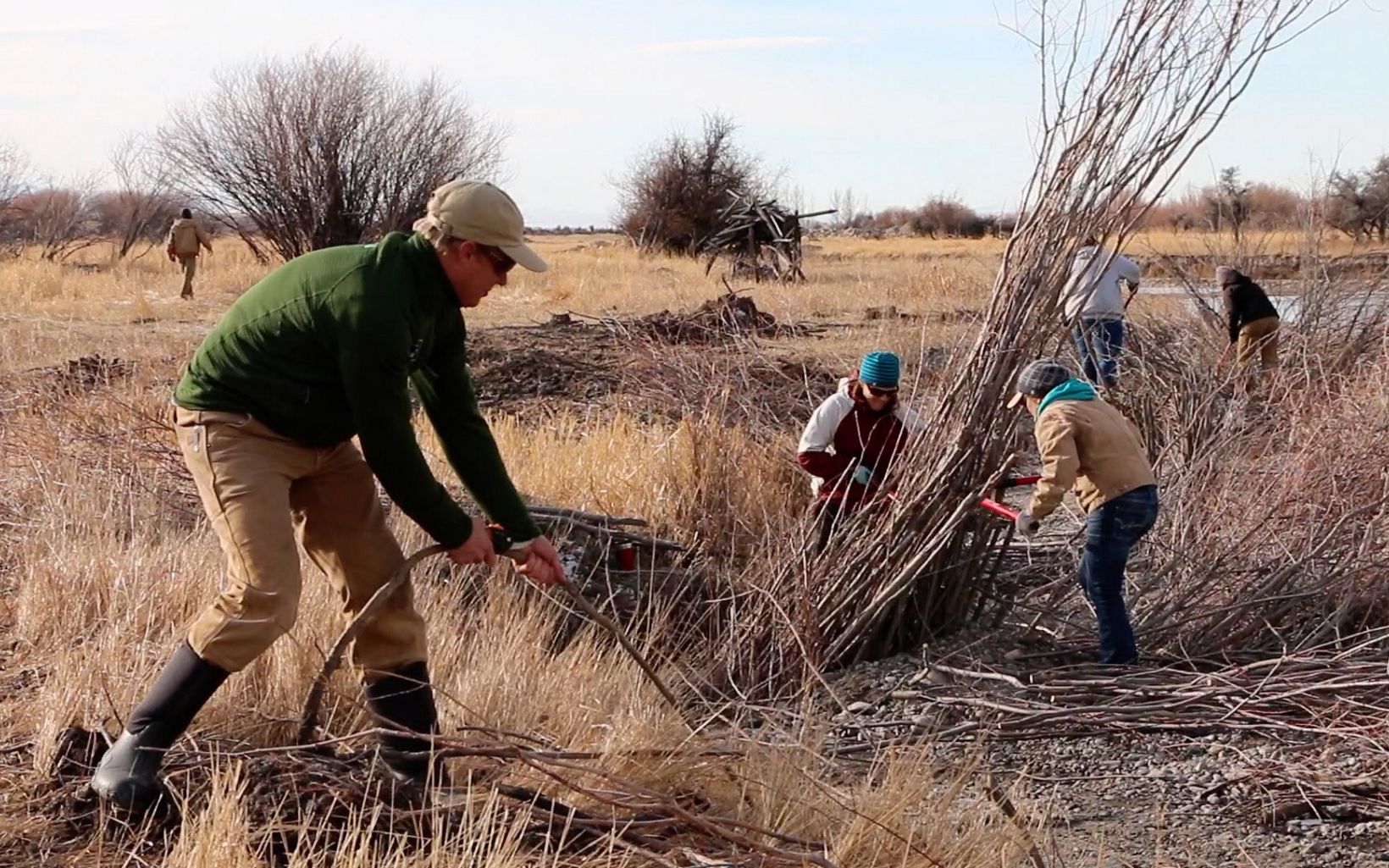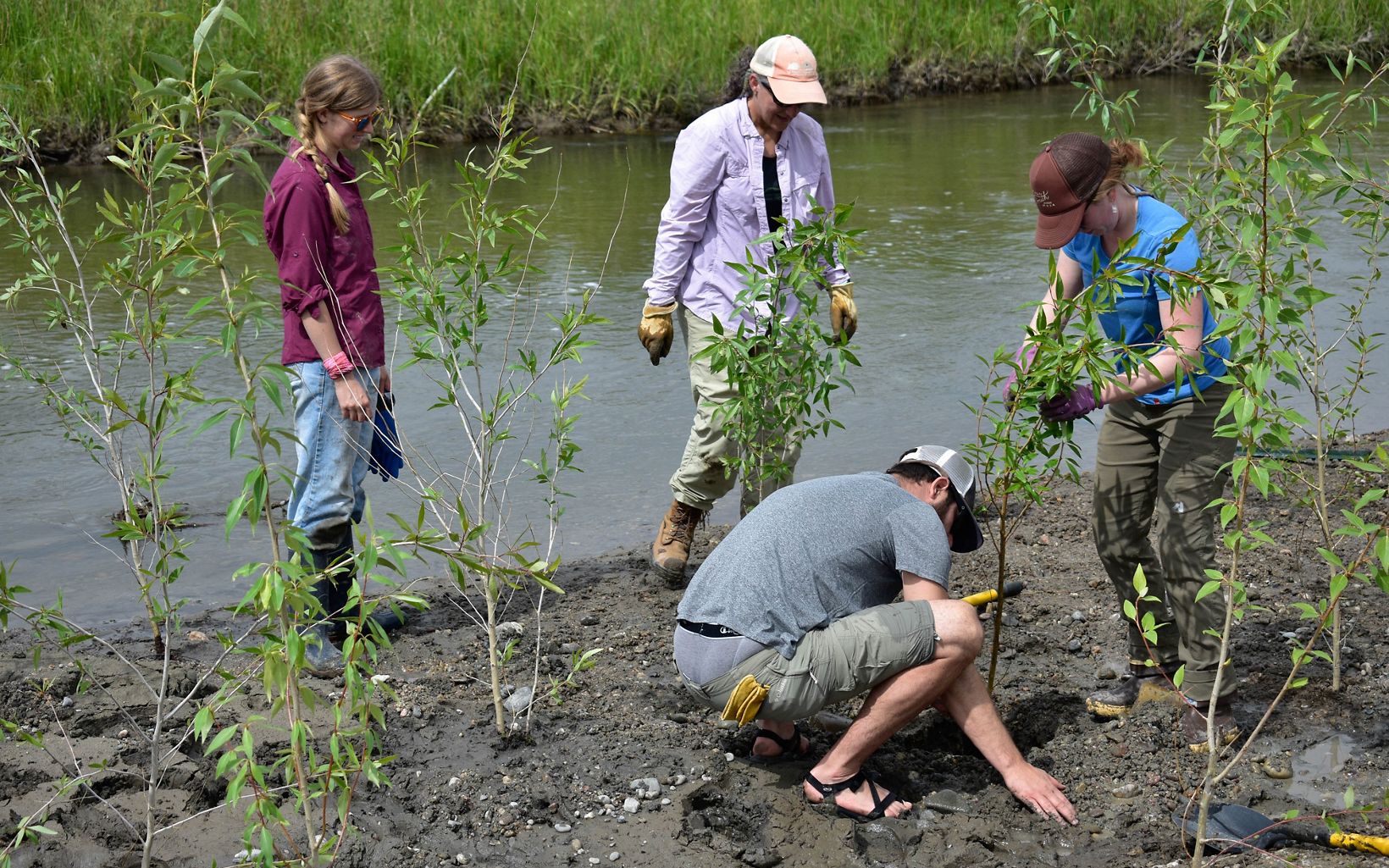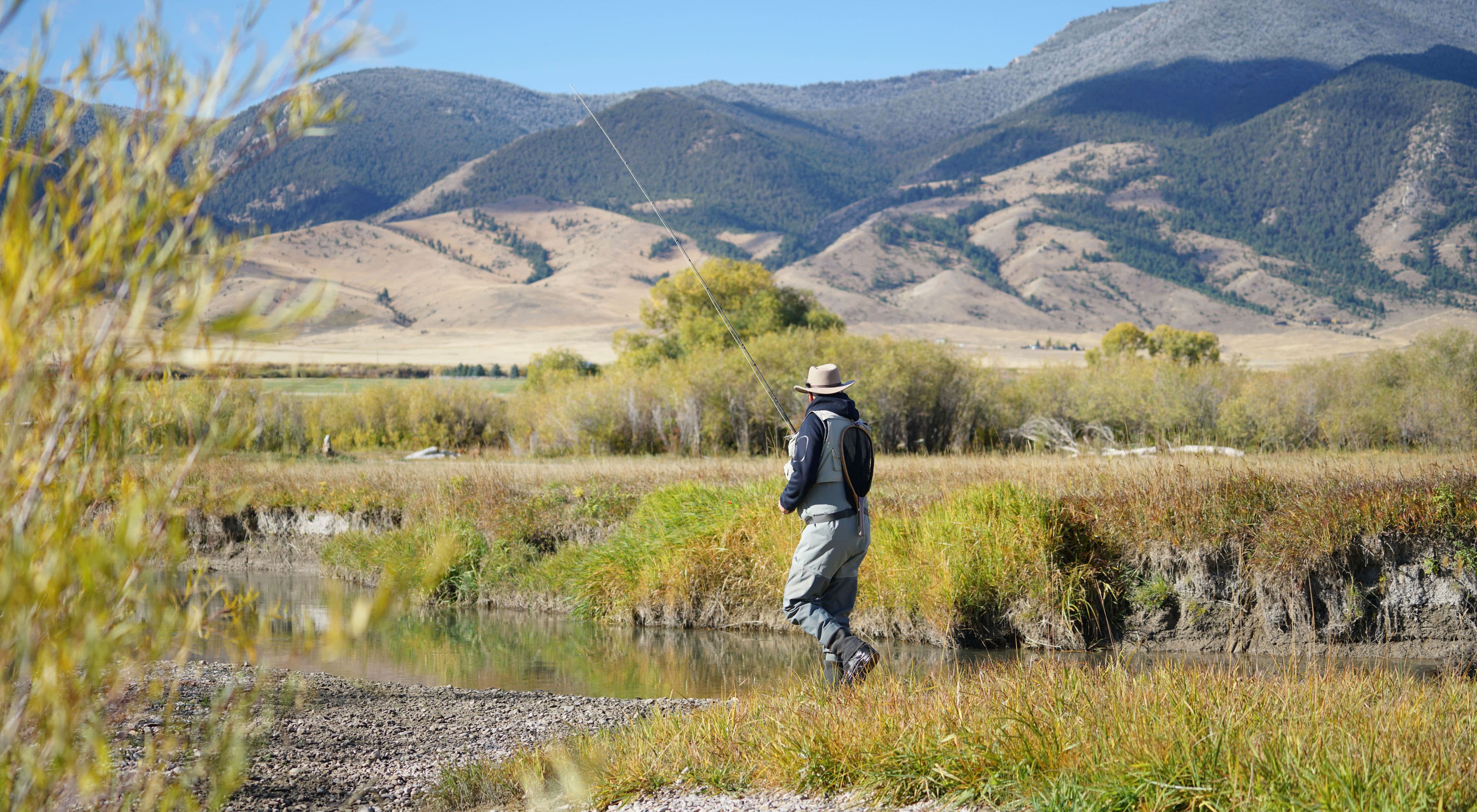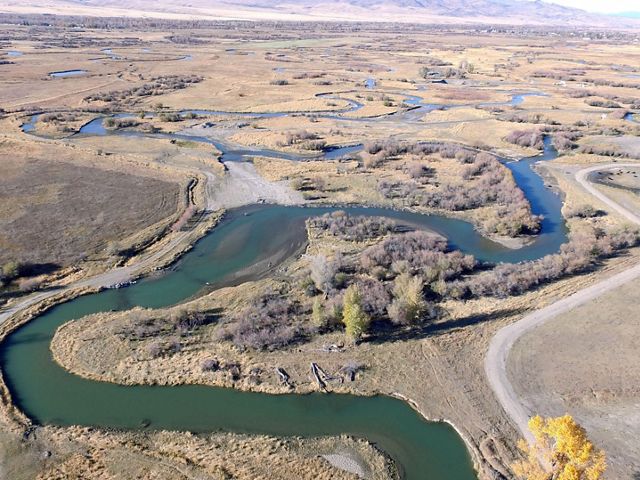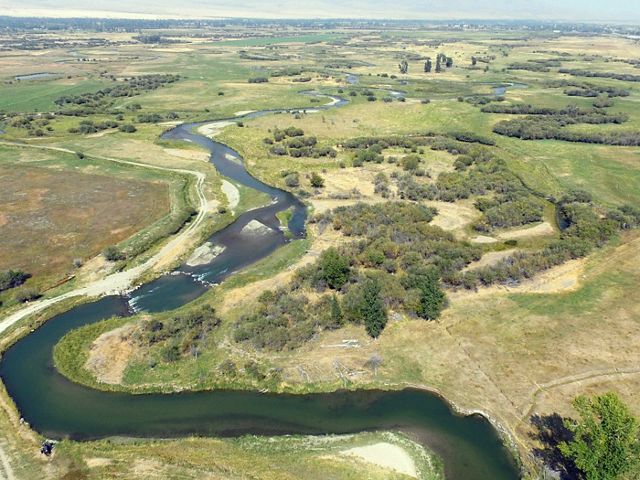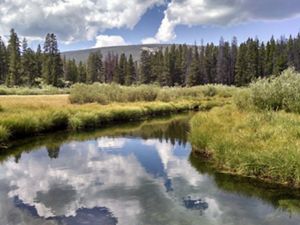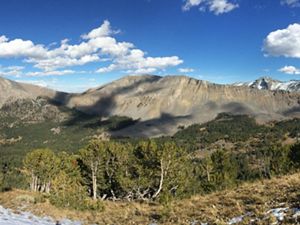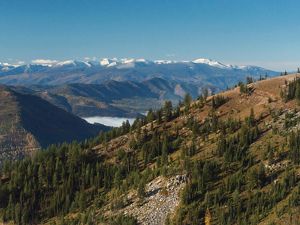The Nature Conservancy is proud to lead the way with a pioneering project on Montana’s Ruby River. We’re bringing back the river’s natural dynamics and keeping more clean, cool water flowing longer and later in the summer, despite increasingly hot and dry conditions brought on by climate change.
Our approach is not only innovative and cost-effective, it sets a new standard for river restoration in the face of our changing climate.
Unbalancing the Ruby River
Montana’s Ruby River is magnet for outdoor recreation, with world class fishing and spectacular wildlife in its valley. But, as on many Western rivers, early settlers re-engineered sections of the Ruby in a way that prevented the river from acting like a river. By straightening the river and blocking off its side channels, people could direct the water where they wanted it for uses such as irrigation.
The river was no longer allowed to meander and breach its banks with spring rains and snowmelt, feeding wetlands, moving sediment and replenishing groundwater. Without that ability to move and flow, the Ruby’s energy was focused in a way that dug deep, narrow channels, further hemming in the water. Unregulated grazing stripped the banks of their protective plant cover, leaving them more prone to erosion.
Repairing the Ruby River
The owners of the Hamilton Ranch realized the section of the river on their land needed help and reached out to The Nature Conservancy for assistance. They agreed to let us undertake a massive restoration of two miles of the Ruby. And we got to work…calling on a team of experts and some heavy equipment to help.
Repairing the Ruby
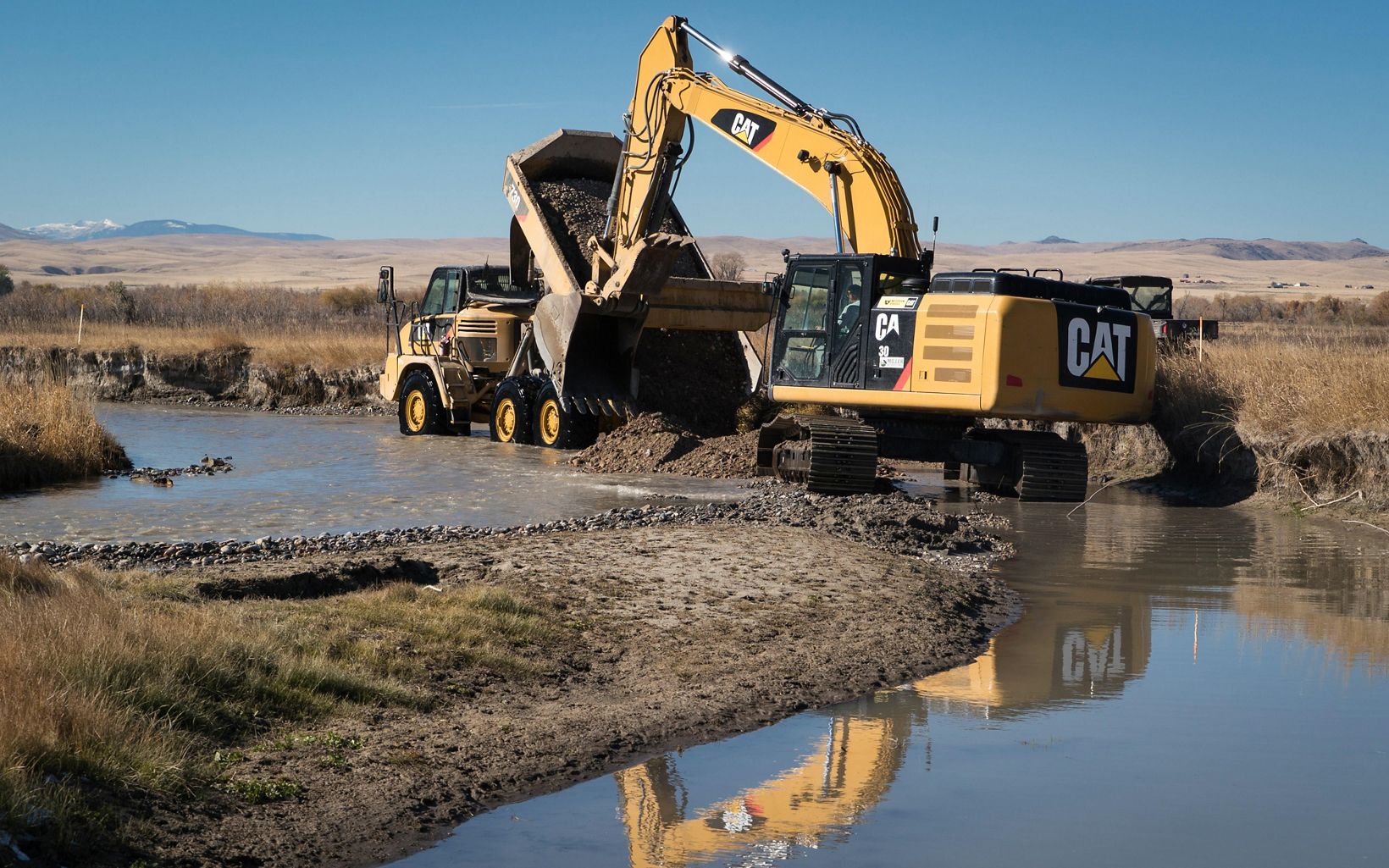
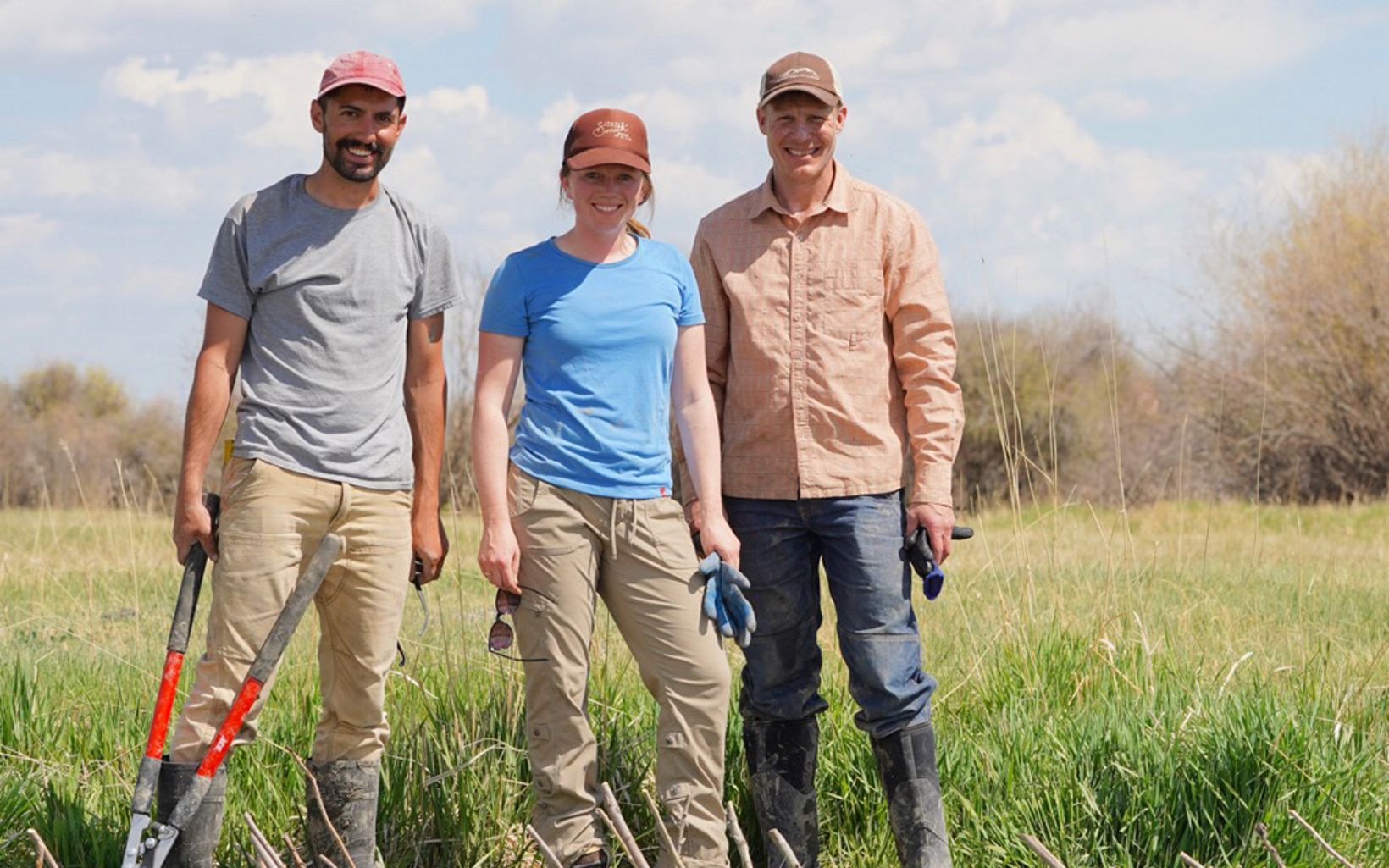
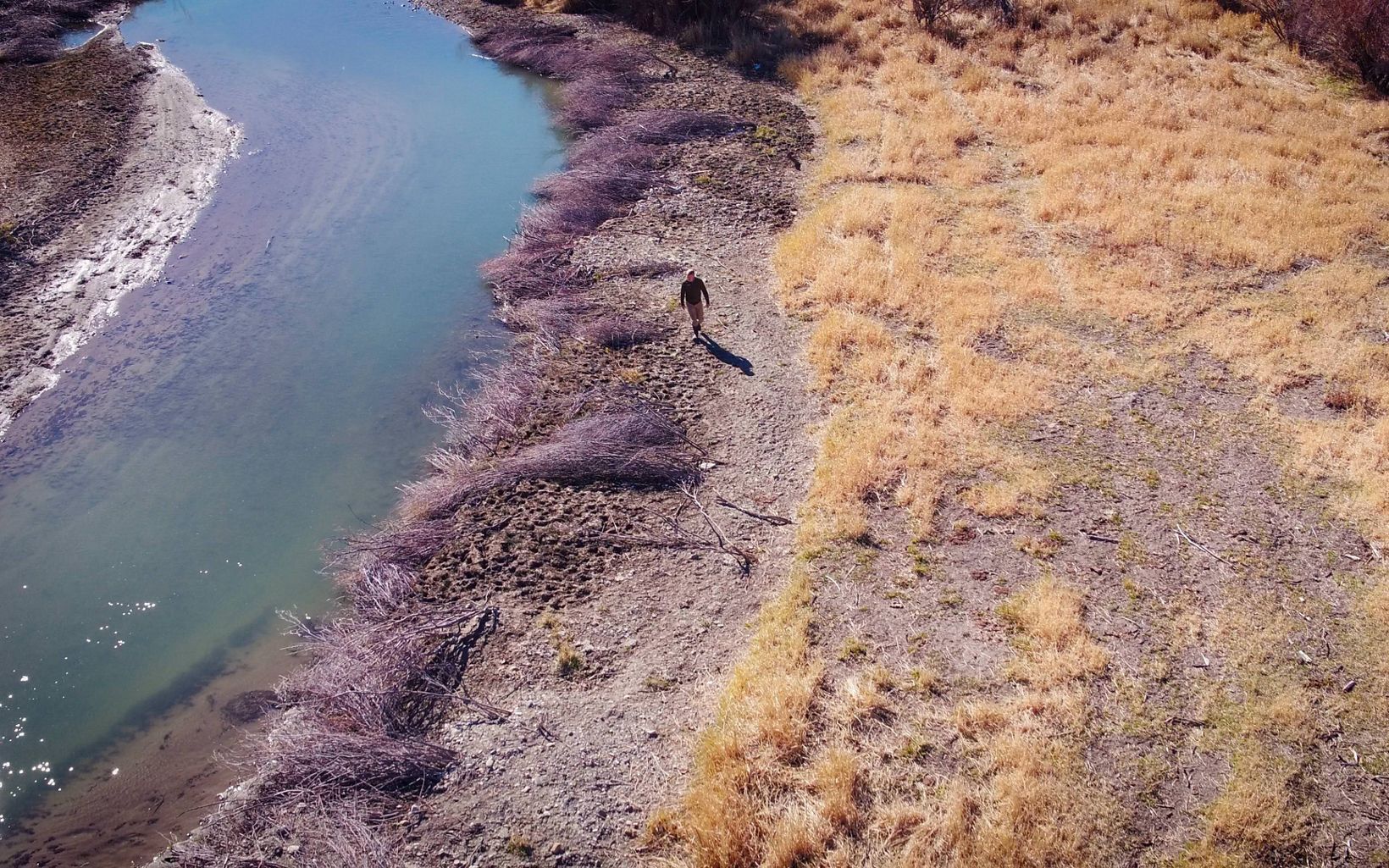



Many restoration projects focus on preventing erosion by armoring banks with rocks or slowing water by installing boulders, logs and other hard structures. The problem is, those type of structures can end up deepening channels and simply forcing the river’s energy and water further downstream of the restoration site.
Instead, on the Ruby, we raised the riverbed and reconnected side channels and wetlands to allow the river and its energy to disperse across its natural floodplain. This technique eases downstream flood risks while soaking wetlands, replenishing groundwater and enhancing fish habitat.
The work has had broad community support and has been aided by an army of generous volunteers who harvested and planted more than 5,000 willows to speed stream recovery. In addition to stabilizing banks, willows provide vital habitat for threatened birds, native fish, grizzly bears and other wildlife.
It took us more than two years and many helping hands, but today, this part of the Ruby is working like a river should. New side channels branch out as the river meanders through the ranch. Streamside and wetland vegetation are thriving. One day, maybe beavers will recolonize the area, helping maintain what we began.
Support for the Ruby
